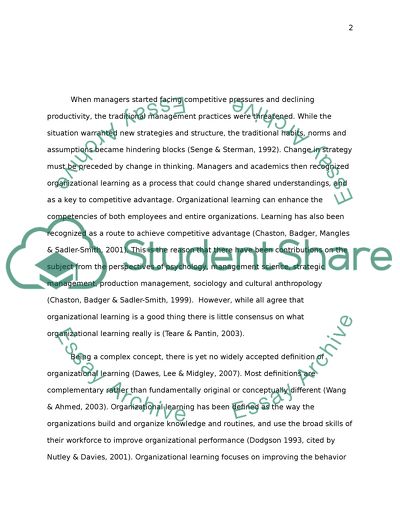Cite this document
(“Contemporary Issues in HRM Essay Example | Topics and Well Written Essays - 4000 words”, n.d.)
Retrieved de https://studentshare.org/environmental-studies/1405588-contemporary-issues-in-hrm
Retrieved de https://studentshare.org/environmental-studies/1405588-contemporary-issues-in-hrm
(Contemporary Issues in HRM Essay Example | Topics and Well Written Essays - 4000 Words)
https://studentshare.org/environmental-studies/1405588-contemporary-issues-in-hrm.
https://studentshare.org/environmental-studies/1405588-contemporary-issues-in-hrm.
“Contemporary Issues in HRM Essay Example | Topics and Well Written Essays - 4000 Words”, n.d. https://studentshare.org/environmental-studies/1405588-contemporary-issues-in-hrm.


